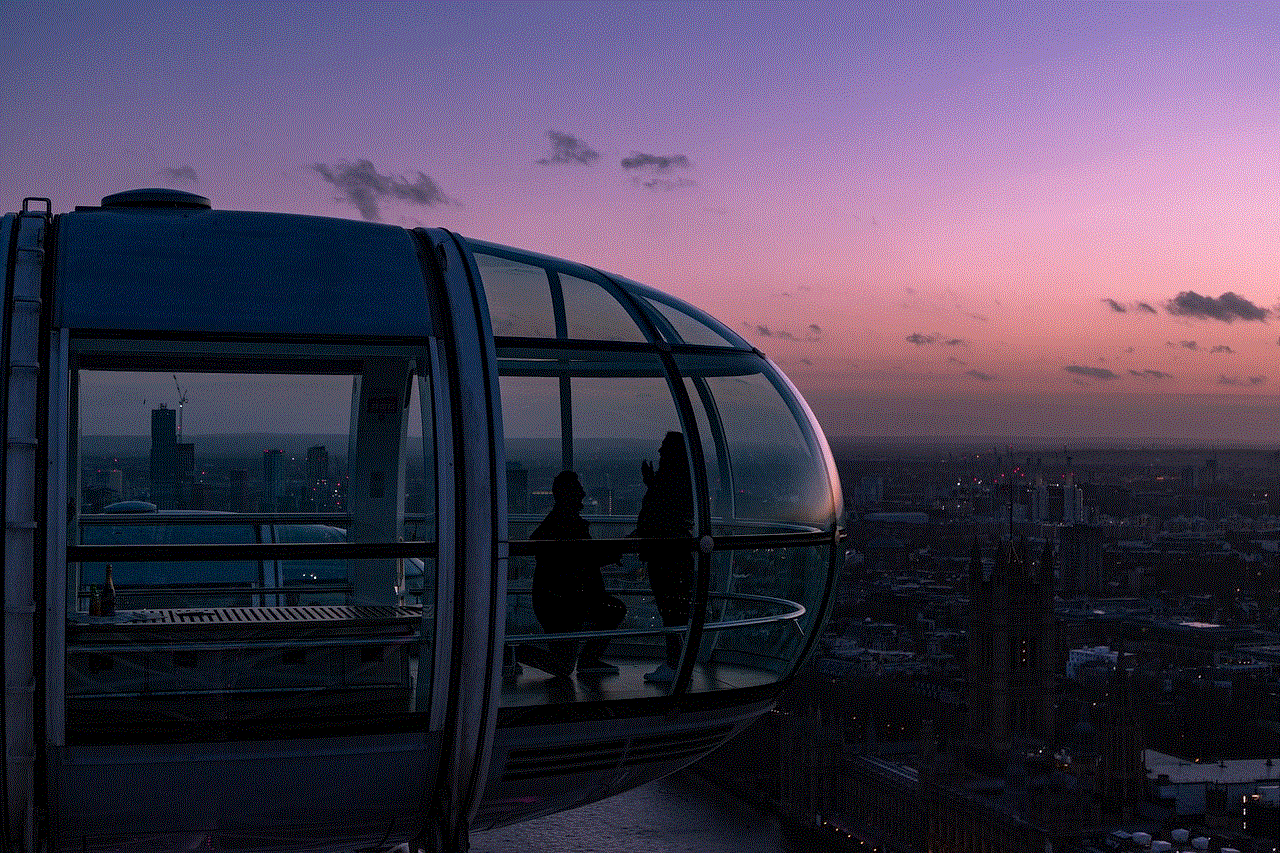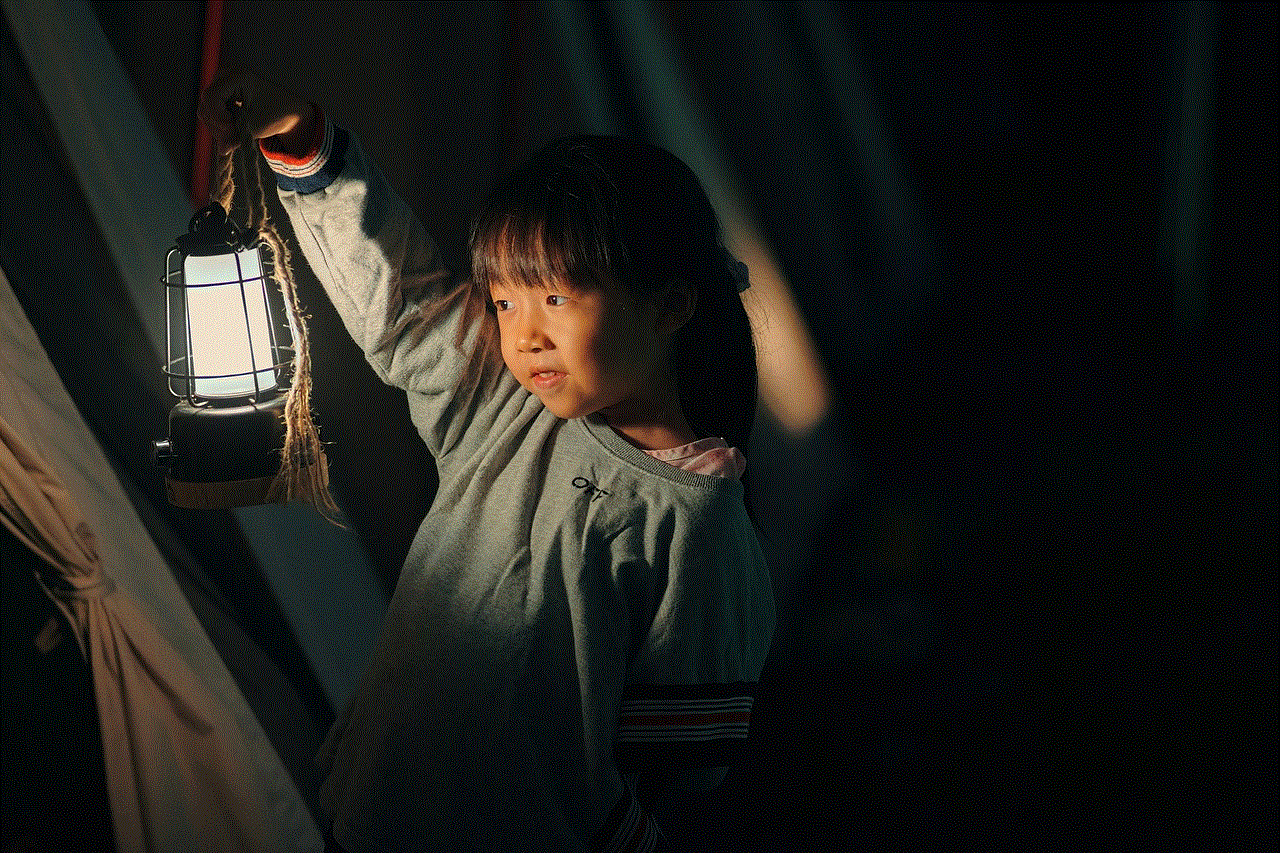youtubers to watch 2016
The rise of YouTube has revolutionized the way we consume media. With over 2 billion monthly active users, YouTube has become the go-to platform for entertainment, education, and information. One of the most popular genres on YouTube is the creator community, with millions of people creating and sharing their own content. These creators, known as YouTubers, have become influential figures in pop culture and have amassed millions of loyal followers. In this article, we will take a look at some of the top YouTubers to watch in 2016, who have taken the platform by storm and are shaping the future of online content.
1. PewDiePie
With over 110 million subscribers, Swedish YouTuber Felix Kjellberg, better known as PewDiePie, is the most subscribed individual creator on YouTube. His channel is known for its gaming commentary videos, with a focus on horror and action games. PewDiePie’s success on YouTube has made him one of the most influential people in the gaming industry, with his videos garnering millions of views within hours of their release. In 2016, his channel continued to grow, and he became the first YouTuber to reach 50 million subscribers.
2. Zoella
Zoella, whose real name is Zoe Sugg, is a British YouTuber who has been making videos since 2009. Her channel focuses on fashion, beauty, and lifestyle content, and she has amassed over 11 million subscribers. Zoella’s influence extends beyond YouTube, as she has written multiple books and launched her own beauty and lifestyle brand. In 2016, she released her third novel, “Girl Online: Going Solo,” which became the fastest-selling book of the year in the UK.
3. Casey Neistat
Casey Neistat is an American YouTuber and filmmaker, known for his daily vlogs and short films. His channel has over 12 million subscribers, and his videos have been viewed over 2 billion times. Neistat’s unique storytelling style and his ability to capture the attention of his audience have made him one of the most successful YouTubers of all time. In 2016, he continued to push the boundaries of vlogging and created some of the most memorable and creative videos on the platform.
4. Jenna Marbles
Jenna Marbles, whose real name is Jenna Mourey, is an American YouTuber known for her comedy and lifestyle videos. Her channel has over 20 million subscribers and has been active since 2010. Marbles’ videos often feature her dogs, her boyfriend, and her hilarious take on everyday situations. In 2016, she released a video titled “How to Avoid Talking to People You Don’t Want to Talk To,” which went viral and received over 10 million views in just one week.
5. Lilly Singh
Lilly Singh, also known as Superwoman, is a Canadian YouTuber, actress, and author. Her channel has over 15 million subscribers and focuses on comedy sketches, music videos, and motivational content. Singh’s unique style and relatable content have made her one of the most influential YouTubers, and in 2016, she released her first book, “How to Be a Bawse: A Guide to Conquering Life,” which became a New York Times bestseller.
6. Tyler Oakley
Tyler Oakley is an American YouTuber and activist, known for his LGBTQ+ advocacy and comedic content. His channel has over 7 million subscribers, and his videos have been viewed over 600 million times. Oakley’s videos often feature collaborations with other YouTubers and celebrities, and his open and honest approach to his personal life has made him a role model for many. In 2016, he released his first documentary, “Snervous,” which followed his tour and personal life.
7. Rosanna Pansino
Rosanna Pansino is an American YouTuber known for her baking and cooking videos. Her channel has over 12 million subscribers, and her videos have been viewed over 3 billion times. Pansino’s unique recipes and her bubbly personality have made her one of the most popular food YouTubers. In 2016, she released her first cookbook, “The Nerdy Nummies Cookbook,” which became a New York Times bestseller.
8. Rhett and Link
Rhett McLaughlin and Link Neal are an American duo known for their comedy and talk show-style videos on their channel, Good Mythical Morning. Their channel has over 17 million subscribers and has been active since 2008. In 2016, they expanded their brand and launched a new channel, This is Mythical, where they create content outside of their daily show. They also released a book, “Rhett & Link’s Book of Mythicality: A Field Guide to Curiosity, Creativity, and Tomfoolery,” which became a New York Times bestseller.
9. NigaHiga
Ryan Higa, also known as NigaHiga, is an American YouTuber, comedian, and actor. His channel has over 23 million subscribers and has been active since 2006. Higa’s videos often feature comedy sketches, parodies, and music videos, and his unique sense of humor has made him one of the most popular YouTubers. In 2016, he released his first feature-length film, “Ryan and Sean’s Not So Excellent Adventure,” which was met with great success.
10. IISuperwomanII
Lilly Singh, also known as IISuperwomanII, is a Canadian YouTuber, actress, and author. Her channel has over 15 million subscribers and focuses on comedy sketches, music videos, and motivational content. Singh’s unique style and relatable content have made her one of the most influential YouTubers, and in 2016, she was named one of the highest-paid female YouTubers by Forbes. She also collaborated with The Rock and released a movie, “A Trip to Unicorn Island,” which documented her world tour.
In conclusion, the creator community on YouTube is constantly evolving, and these YouTubers have proven that they are at the forefront of this change. Whether it’s through their unique storytelling, humor, or relatable content, these creators have captured the hearts of millions and have become influential figures in pop culture. As we look back at 2016, it’s clear that these YouTubers have made a significant impact on the platform and have set the standard for future creators to follow. So, if you’re looking for some entertaining, informative, and inspiring content, be sure to check out these top YouTubers.
trust settings iphone
When it comes to using an iPhone, one of the most important aspects to consider is trust settings. These settings play a crucial role in ensuring the security and privacy of your device and personal information. In this article, we will delve into the details of trust settings on iPhone, how they work, and why they are essential.
First and foremost, trust settings refer to the security measures that are implemented on an iPhone to protect your device from malicious attacks and unauthorized access. These settings allow you to control which apps and devices have access to your iPhone’s data and features. This means that if you don’t trust an app or device, you can restrict its access to your iPhone, preventing it from collecting your personal information or manipulating your device’s settings.
The trust settings on iPhone are divided into two categories: device trust and app trust. Device trust refers to the trust between your iPhone and other devices that connect to it, such as a computer or another iPhone. On the other hand, app trust refers to the trust between your iPhone and the apps you have installed on it. Let’s take a closer look at each of these trust settings and how they work.



Device trust is established when you connect your iPhone to a computer or another device for the first time. This is done by verifying the device’s identity using a six-digit code that appears on both devices. Once the devices are trusted, they can communicate with each other without any restrictions. This allows you to transfer files, sync data, and perform other tasks seamlessly between your iPhone and the trusted device.
However, if you don’t trust a device, you can choose not to establish a connection with it. On your iPhone, you can go to Settings > General > Reset > Reset Location & Privacy and tap “Reset Trusted Computers.” This will remove all the devices that you have previously trusted, and the next time you connect your iPhone to a computer, you will have to trust it again.
Similarly, app trust allows you to control which apps have access to your iPhone’s data and features. When you install an app on your iPhone, it requests permission to access certain data, such as your camera, microphone, contacts, location, and more. You can either grant or deny these permissions , depending on how much you trust the app. You can also change these permissions at any time in your iPhone’s settings.
However, there may be situations where you may have accidentally granted access to an app that you no longer trust. In such cases, you can go to Settings > Privacy and select the data or feature that you want to revoke access to. You will see a list of apps that have access to that particular data, and you can turn off the toggle next to the app you want to restrict. This will revoke the app’s access to that data or feature, and it will have to request permission again.
Trust settings also play a crucial role in protecting your iPhone from malware and other malicious attacks. One of the most common ways hackers can gain access to your device is through untrusted apps. These apps may contain malware that can steal your personal information or manipulate your device’s settings. However, with trust settings, you can restrict the installation of apps from unknown sources, preventing such attacks.
To enable this setting, you can go to Settings > General > Restrictions and turn on “Installing Apps.” This will ensure that only apps from the App Store can be installed on your iPhone, providing an added layer of security. You can also restrict other activities such as deleting apps, making in-app purchases, and more using this feature.
Another important trust setting on iPhone is the “Find My” feature. This feature allows you to locate your iPhone if it’s lost or stolen. It also enables you to remotely erase your device’s data to prevent anyone from accessing it. However, to use this feature, you need to have it enabled in your iPhone’s settings. You can go to Settings > [Your Name] > Find My and turn on “Find My iPhone.” You can also enable “Send Last Location” to automatically send your device’s location to Apple when the battery is critically low, helping you track it down even if it’s dead.
As we have seen, trust settings are vital for protecting your iPhone’s security and privacy. However, they are not foolproof, and it’s essential to take additional precautions to ensure the safety of your device and personal information. Here are some tips you can follow to enhance your iPhone’s security:
– Keep your iPhone’s software up to date: Apple regularly releases software updates that include bug fixes and security patches. Make sure to install these updates as soon as they are available to protect your device from known vulnerabilities.
– Use a strong passcode: A strong passcode can act as a barrier between your personal information and unauthorized access. Avoid using easy-to-guess passcodes such as your birthdate or simple patterns. Instead, opt for a six-digit alphanumeric passcode for added security.
– Enable two-factor authentication: Two-factor authentication adds an extra layer of security to your iPhone by requiring a code sent to your trusted device or phone number whenever you try to sign in to your Apple account from a new device or browser.
– Be cautious of public Wi-Fi networks: Public Wi-Fi networks can be a breeding ground for hackers to steal your personal information. Avoid connecting to these networks, especially when performing sensitive tasks such as online banking or shopping.



In conclusion, trust settings are an essential aspect of using an iPhone. They allow you to control who has access to your device and personal information, protecting you from cyber threats and unauthorized access. By understanding how these settings work and taking additional precautions, you can ensure the security and privacy of your iPhone.
can you do private twitch streams
Twitch is a popular live streaming platform that allows users to broadcast their content in real-time. It has gained immense popularity in recent years, with millions of users tuning in to watch their favorite streamers play video games, create art, or simply chat with their audience. However, with the rise of private streaming services, many users have been wondering if it’s possible to do private Twitch streams. In this article, we will explore this topic in detail and answer the question – can you do private Twitch streams?
To begin with, let’s first understand what private streaming means. Private streaming is a service that allows content creators to restrict access to their live streams to a select group of people. This could be their friends, family, or a group of subscribers who pay for exclusive content. With private streaming, the content is not publicly available, and only those who have been given access can view it. This type of streaming is gaining popularity among creators who want to have more control over their audience and the content they produce.
Now that we have a basic understanding of private streaming let’s talk about Twitch and whether it offers this feature. At the moment, Twitch does not have an official option for private streams. All streams on Twitch are public, meaning anyone with a Twitch account can watch them. However, there are a few workarounds that streamers can use to achieve a similar result.
One way to create a private Twitch stream is by using the “Friends-Only” chat mode. This feature allows the streamer to restrict chat participation to only their friends. To enable this, the streamer needs to go to their channel settings and select the “Friends-Only” option under the “Chat Behavior” section. This way, if someone wants to watch the stream, they will first need to add the streamer as a friend. While this may not be a full-proof way to create a private stream, it does provide some level of control over who can participate in the chat.
Another method to create a private Twitch stream is by using a third-party service called “Streamlabs Prime.” This service offers a feature called “Private Stream” that allows creators to stream their content to a select group of people. To use this feature, the streamer needs to have a Streamlabs Prime subscription, which costs $12 a month. Once the subscription is active, the streamer can create a private stream by going to their Streamlabs dashboard and selecting “Private Stream” under the “Live” tab. This will generate a unique URL that can be shared with the intended audience, and only those with the link can access the stream.
While these methods may provide some level of privacy, it’s not the same as a private stream in its true sense. The content is still available to anyone with the link, and there is no way to restrict access to the stream once it’s live. This is where other platforms like Patreon come into the picture. Patreon is a popular membership platform that allows creators to offer exclusive content to their subscribers. Many Twitch streamers use Patreon to offer private streams to their subscribers, where only those who are paying for the content can access it.
Another platform that has gained popularity among streamers is Discord. Discord is a chat application that also offers a live streaming feature. With Discord’s streaming feature, streamers can create private streams for their Discord server members. This is an excellent way for streamers to interact with their community on a more personal level and offer exclusive content to their most loyal fans.
In addition to these methods, some third-party services also offer private streaming options for Twitch. One such service is “Player.me,” which allows streamers to create private streams that are only accessible to those with the streamer’s permission. However, these services are not officially affiliated with Twitch, and using them may go against Twitch’s terms of service.
So, while there are ways to achieve a similar result to private streaming on Twitch, the platform itself does not offer this feature. This could be because Twitch’s main focus is on public streams, and private streaming may not align with their business model. However, with the rise of private streaming services and the demand for more control over content, it’s possible that Twitch may consider introducing this feature in the future.



In conclusion, while it’s not possible to do private Twitch streams at the moment, there are ways to achieve a similar result with the help of third-party services. These methods may not be perfect, but they do provide some level of control over who can access the stream and participate in the chat. However, if you’re looking for a more secure and reliable way to do private streams, it’s best to explore other platforms like Patreon or Discord. As Twitch continues to evolve, it’s possible that we may see the introduction of private streaming in the future, but until then, creators will have to make do with the available options.

